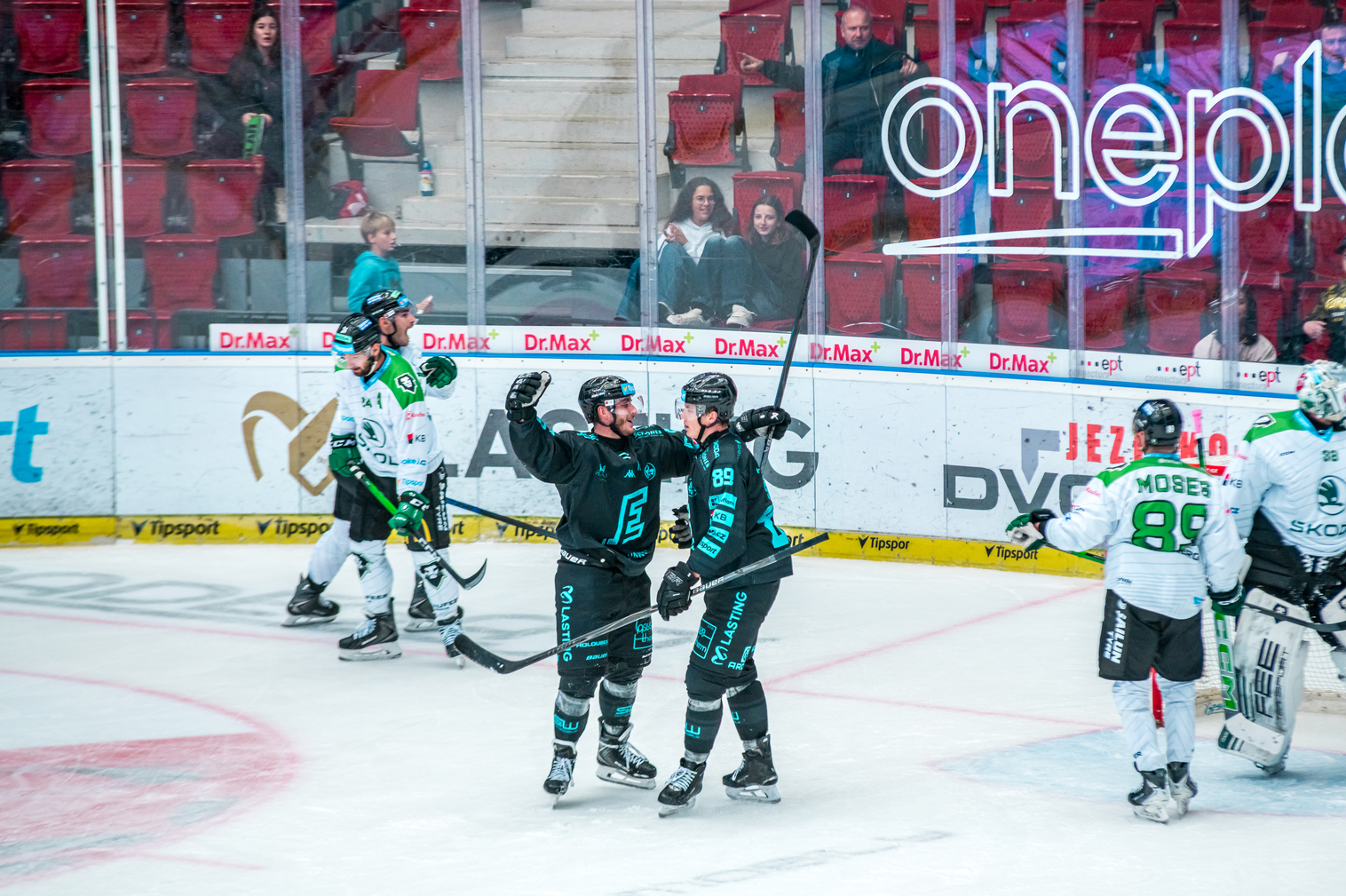%20(1).jpg)
Karlovy Vary, one of Czech hockey’s long-standing organizations, has taken a major step toward modernizing its player development. By moving training plans, testing, evaluations, and communication into XPS, the club has created a unified system that supports both daily coaching and long-term athlete monitoring.
Building a Shared Coaching Environment
For Head Coach Pavel Patera, the shift to XPS immediately changed the way the staff works together.
It allows us to have all the data together in one place.
- Pavel Patera, Head Coach
Instead of information being scattered across personal notes or spreadsheets, every coach now works from the same source. Goalie Coach Lukáš Mensator relies on this daily. He uploads every single goalie session to XPS:
Throughout the whole season, I save every training session in there, and I can always go back and review anything I need.
- Lukáš Mensator, Goalkeeper Coach
With an entire season archived digitally, he can identify patterns, revisit drills, and have precise evidence when speaking with his goalies.

That shared access is key. As Mensator notes, “Anyone at the club can access it, and we can share the information easily.” The coaching staff, S&C department, and management all look at the same information at the same time - eliminating silos and miscommunication.
For me, the key benefit is how clearly we can view the physical test results and instantly compare all players through graphs in XPS Reports.
- Marek Halamka, S&C Coach
Player Cards Inside XPS Reports: A Clear, Long-Term Picture
The core of Karlovy Vary’s monitoring work lives inside XPS Reports, where the Player Card forms the backbone of each athlete’s profile. Benjamin Sequens, the club’s Director of Hockey Operations, explains how it begins with essential details - age, stick handling, weight, position, nickname - but quickly grows into something far more comprehensive.
Probably the most important thing for us is using the Calculated Test to establish benchmarks for each player, so we can see where they currently stand in terms of fitness, strength, and explosiveness.
- Benjamin Sequens, Director of Hockey Operations
Because these benchmarks are stored directly in XPS Reports, they update as new testing comes in. Seasonal fluctuations become visible, and the club can track long-term trends: “We can view this data historically, which allows us to track how the player develops over the current season and over several years.”

Within the same report, communication with players becomes more structured. Athletes complete a self-assessment, coaches outline expectations, and both the head coach and S&C coach document their evaluations. Role definition, physical readiness, strengths, weaknesses, and seasonal targets all live together inside the Player Card section of XPS Reports - giving the staff a consistent framework for every player meeting.
Transparency for Coaches, Management, and Season Reviews
This structured digital environment supports not just day-to-day coaching but also broader organizational needs. As Sequens explains:
This card is used mainly by coaches as feedback, and also for reporting to senior management and the club owner, so they have a continuous overview of how each player is being developed.
- Benjamin Sequens, Director of Hockey Operations
With everything documented inside XPS Reports, end-of-season reviews become far more concrete. Instead of relying on impressions or fragmented notes, the staff has a complete record of the year: At the end of the season, we can review each player and give feedback on what went well in our work with them and what didn’t.






.jpg)
























.svg)
.svg)
